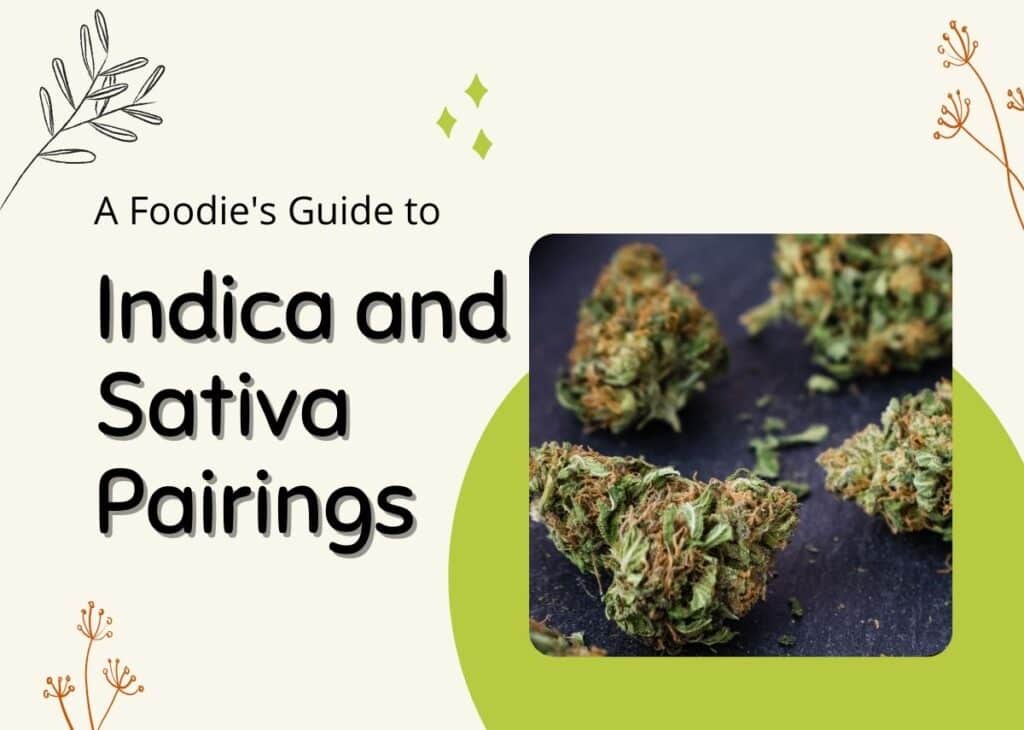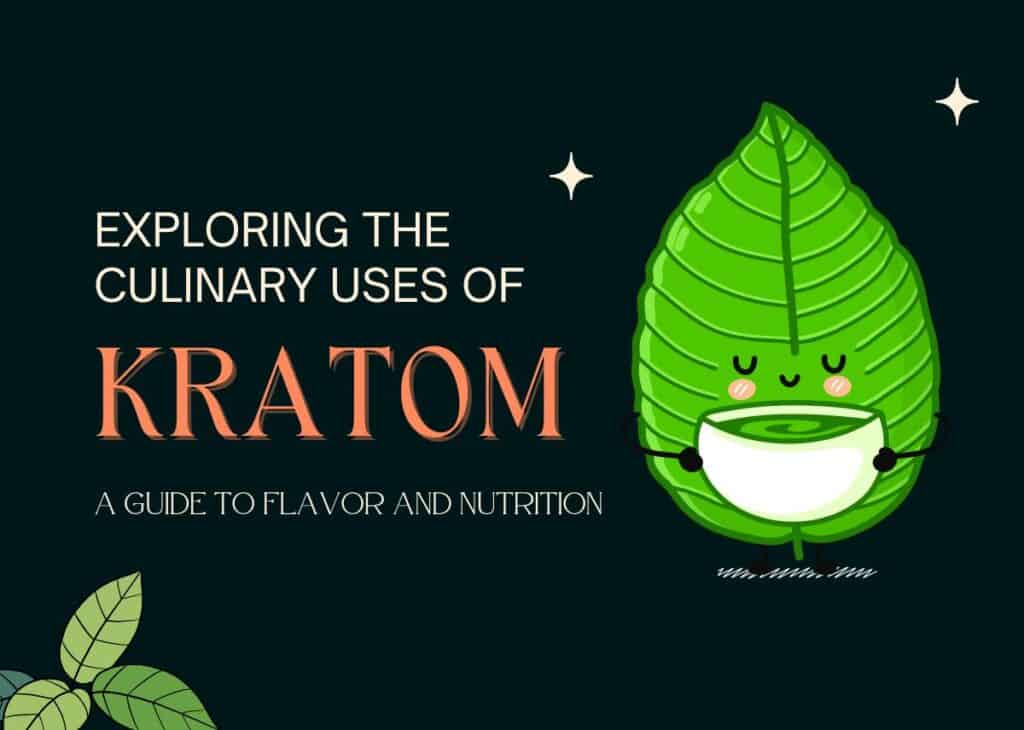From Seed to Plate: Cooking with Homegrown Cannabis – A Culinary Adventure

Cannabis, also known as marijuana, has transformed from an illegal drug to an appreciated ingredient in the culinary world, thanks to its legalization in various parts of the world. Beyond its medicinal properties and recreational use, it offers adventurous gastronomes a unique way to spice up their culinary skills and experiences.
Table of Contents
As part of our ongoing culinary exploration, we’re going to traverse the exciting journey from nurturing a cannabis seed into a fully grown plant and integrating it into your recipes for an unprecedented gustatory experience.
1. Selecting Your Cannabis Seeds
The first crucial step in growing your cannabis plants is choosing the right seeds. A diverse array of strains are available on the market, each offering unique flavors and effects. Therefore, selecting the right seed is pivotal to the end product’s taste and potency.
The best seed banks can provide a variety of high-quality options, from strains carrying hints of citrus, such as Lemon Haze, perfect for dishes that benefit from a sharp, tangy flavor, to earthy strains like Blue Cheese, which are a great fit for savory dishes.
The intensity of the psychoactive compound THC also varies between strains. Strains with high THC content will lead to potent edibles, while low THC strains offer a milder effect.
2. Cultivation and Care
Once you have the right seeds, it’s time to cultivate your cannabis plants. This process involves germination, transplantation, flowering, and harvesting. Providing proper care throughout this growth journey is crucial for yielding a healthy and high-quality product.
- Germination is the initial stage where seeds sprout. For optimal results, place your seeds in a moistened paper towel, then into a sealed plastic bag. Store this in a warm, dark place. Within a week, your seeds should sprout roots.
- Once the roots appear, you will need to transplant the seedlings into a pot with nutrient-rich soil. These seedlings require ample sunlight, about 12-16 hours a day, and should be watered regularly but cautiously to prevent waterlogging.
- The flowering phase is where your plant will start to produce buds rich in cannabinoids, including THC and CBD. To induce this stage, you need to reduce the light exposure to about 12 hours a day. Maintain consistent watering and introduce flowering nutrients for optimal bud production.
- Harvesting is the final stage. Your plant is ready when most of the pistils have darkened. Carefully cut the plant, trim away the excess leaves, and let it dry in a dark, well-ventilated space. Once dried, it’s ready for decarboxylation and cooking.
3. Decarboxylation – A Must-Do Process
Before adding your homegrown cannabis to any recipe, it’s necessary to decarboxylate it. Decarboxylation is a process that activates the THC and CBD in your cannabis, making them bioavailable for consumption. Without this step, your edibles won’t have the desired effect.
To decarboxylate your cannabis, preheat your oven to 240°F (115°C). Break your cannabis buds into small pieces, spread them evenly over a baking sheet lined with parchment paper, and bake for 40 minutes. Your cannabis should be dry and crumbly, with a deep brownish-green color when ready. It’s now ready for incorporation into your recipes.
4. Creating Cannabis-Infused Ingredients
The key to cooking with cannabis lies in making infused ingredients. Most commonly, cannabis-infused butter, known as cannabutter, or cannabis-infused oil is used. However, you can also make cannabis-infused milk, honey, or even alcohol.
Creating cannabis-infused oil involves:
- Grinding your decarboxylated cannabis finely.
- Mixing it with a carrier oil like coconut or olive oil in a ratio of 1:1.
- Simmering the mixture on low heat for about 2-3 hours, ensuring it doesn’t boil.
- Straining the mixture through a cheesecloth and storing it in a glass jar.
- This infused oil can be used in your recipes just like regular oil.
5. Cooking with Cannabis
Cooking with cannabis is a delicate process, requiring the right balance to ensure your dishes are flavorful without being overpoweringly ‘herbal.’ It’s advisable to start with small quantities and gradually increase as per your taste and tolerance.
Infused oils or butter can replace their traditional counterparts in almost any recipe. However, avoid cooking at high temperatures to prevent the degradation of THC. Savory dishes like pasta, soups, or stews and sweet treats like brownies, cookies, or gummies are all popular options. However, the world of cannabis cuisine extends far beyond these, waiting for your exploration.
Conclusion
In conclusion, cooking with homegrown cannabis is a rewarding and multifaceted culinary adventure.
The journey from carefully selecting and cultivating the right cannabis seeds to the final satisfaction of incorporating the harvest into your dishes is a fulfilling process, teeming with opportunities to learn and experiment. Embrace this venture with an open mind, patience, and creativity, and you’re all set for an unparalleled gastronomic exploration.
Also Read:












